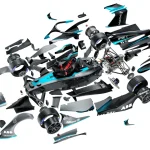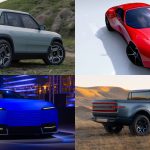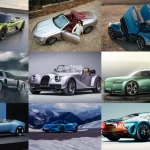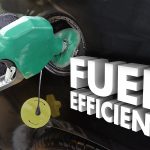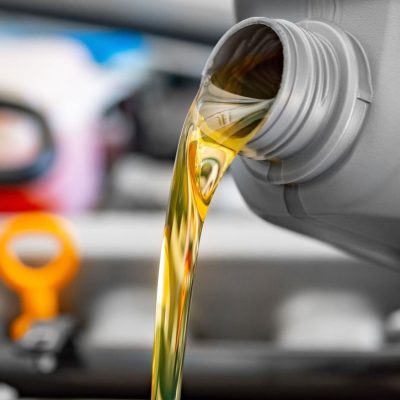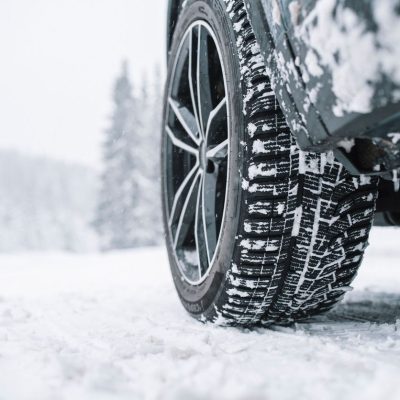Fuel efficiency isn’t just about saving a few bucks at the pump — it’s about maximizing your car’s potential, driving smarter, and keeping your machine running lean, clean, and mean. Whether you’re a weekend road-tripper or a daily commuter who feels every cent siphoned from your wallet, improving fuel efficiency is like tuning your vehicle for a better version of reality.
We’re not talking about snake oil or gimmicks. This is real-world advice, tested by gearheads, engineered by automakers, and proven by the daily grind. Let’s break down how you can boost your MPG (or KM/L) without sacrificing performance — and without turning your car into a hypermiling science project.
⛽ 1. Drive Like a Human, Not a Drag Racer

You don’t need to baby your car, but aggressive driving is a fuel-efficiency killer.
- Hard acceleration guzzles fuel like a thirsty V8.
- Sudden braking wastes momentum (aka energy you’ve already paid for).
- Speeding increases wind resistance dramatically — especially over 90 km/h (55 mph), where drag grows exponentially.
Solution:
Drive smoothly and steadily. Use your right foot with finesse, not fury. Pretend your gas pedal is made of glass — and your wallet is wired to it.
⚙️ 2. Keep Your Engine Tuned & Healthy
A poorly maintained engine is like an athlete trying to sprint with a lung infection. Even something as minor as a dirty air filter, worn spark plugs, or a clogged injector can choke efficiency.
- Regular oil changes reduce friction and help your engine run freely.
- Spark plug replacements ensure consistent, clean combustion.
- A check engine light can signal issues like a failing oxygen sensor — a silent MPG killer.
Pro tip: Use your car’s recommended oil grade and service intervals. Modern engines are tuned for specific viscosities — don’t mess with it.
🛞 3. Tire Pressure = Fuel Economy’s Silent Partner
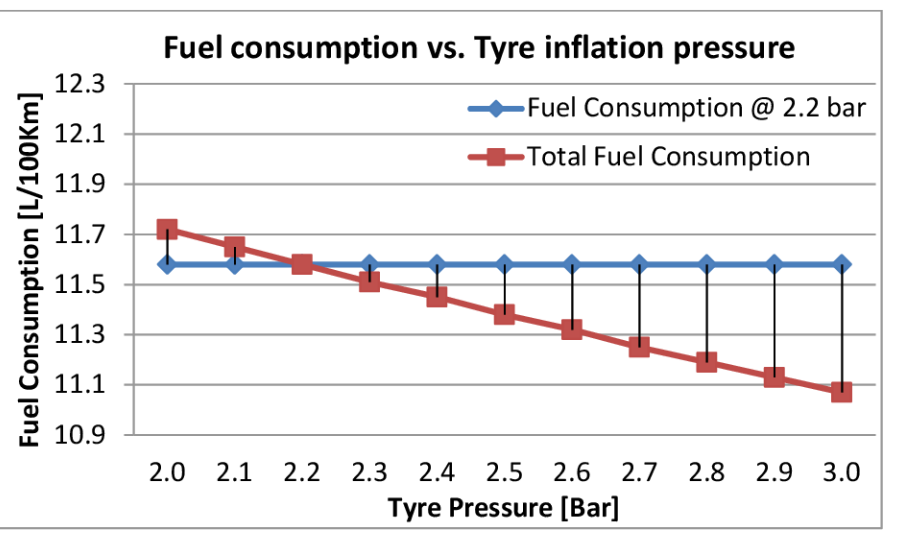
Underinflated tires = more rolling resistance = more fuel burned.
- Every 1 psi drop below the recommended pressure can cut fuel efficiency by up to 0.3% per tire.
- Underinflated tires also wear faster and handle worse — a triple threat.
Solution:
Check tire pressure once a month and before long trips. Inflate to your vehicle manufacturer’s specs (found on the driver’s door jamb, not on the tire sidewall).
Bonus tip: In colder weather, tire pressure drops — keep an eye on it.
🚗 4. Ditch Excess Weight and Roof Drag
Your car is not a storage locker or a rooftop billboard.
- Every extra 45 kg (100 lbs) of weight cuts fuel economy by ~1-2%.
- Roof boxes, bike racks, or ski carriers can reduce highway MPG by up to 25%, depending on shape and speed.
Solution:
- Empty your trunk of junk.
- Remove roof attachments when not in use.
- If you need extra space, use rear-mounted cargo solutions instead of roof boxes.
🔄 5. Use Cruise Control (But Wisely)
Cruise control helps maintain a steady speed, which reduces fuel consumption — especially on long, flat highways.
But on hilly roads, cruise control may try to maintain speed uphill, leading to fuel-guzzling throttle spikes.
Best practice:
- Use it on flat highways.
- Turn it off in rolling terrain or during stop-and-go driving.
🛑 6. Reduce Idling Time
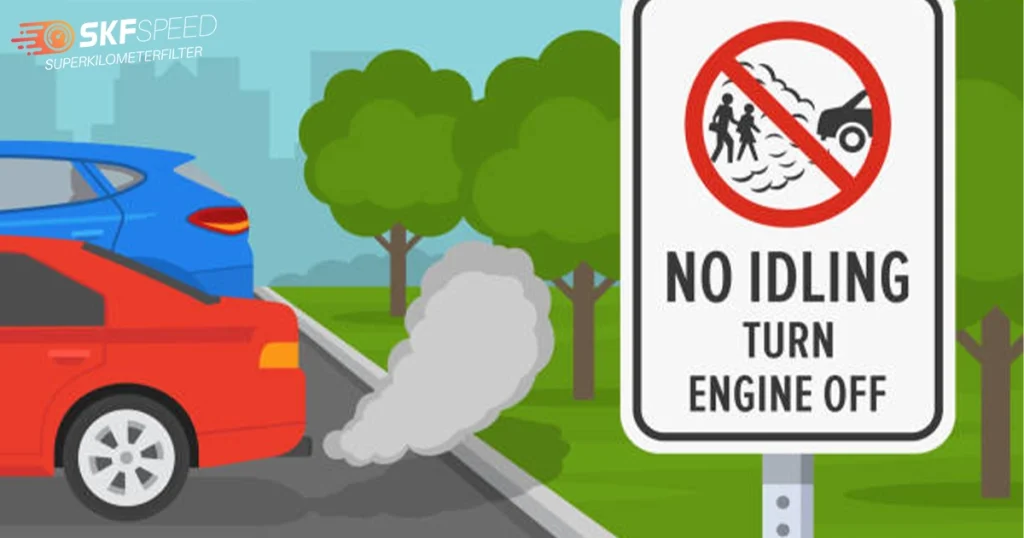
Idling gets you 0 km/L. It’s literally burning fuel for no motion.
- Modern engines use minimal fuel to restart, so there’s no need to “warm up” your engine for minutes anymore.
- Idling for more than 10 seconds consumes more fuel than restarting the engine.
Quick win:
- Kill the engine when parked or waiting more than a minute.
- Remote start in winter? Keep warm-up times short — start it, scrape it, drive it.
🧠 7. Plan Routes and Avoid Traffic
Fuel economy isn’t just about the car — it’s about the context.
- Stop-and-go traffic burns fuel fast.
- Short trips where the engine never warms up? Super inefficient.
Smart tips:
- Combine errands into one trip to minimize cold starts.
- Use navigation apps to avoid congestion.
- Drive during off-peak hours when possible.
Every green light you hit is another dollar you keep.
🪟 8. AC vs. Windows Down: The Truth
- At low speeds, opening windows has minimal effect.
- At highway speeds, open windows increase drag and reduce efficiency.
- AC does use engine power, but modern systems are more efficient than ever.
Best strategy:
- City driving? Windows down, AC off.
- Highway? Windows up, moderate AC use.
Or just set your climate control to “eco” mode, if available.
🧽 9. Keep It Clean and Slippery (Aerodynamically Speaking)
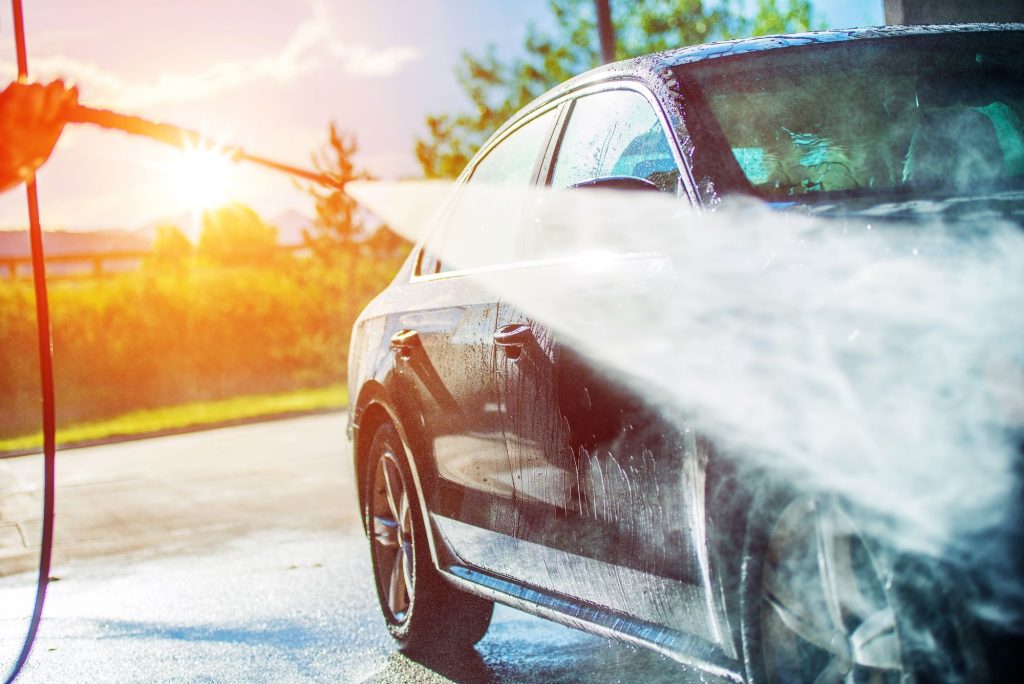
- Dirty car? Minor impact, but more about perception than performance.
- Loose panels, cracked spoilers, flapping mudflaps? Those create drag.
- Lowering your car (just a bit) can reduce drag if done correctly.
Keep your car clean, tight, and free of exterior clutter. The air should slip past it like butter on hot steel.
🧪 10. Don’t Fall for Miracle Gadgets
Those “fuel savers” you see advertised online — magnets, pills, fake chips — are mostly scams.
If there was a $29.99 device that magically added 25% MPG, every automaker on the planet would be using it. Trust engineering, not marketing.
Instead, stick to proven techniques and real maintenance.
🧠 Bonus: Choose the Right Fuel & Driving Mode
- Use the correct octane for your engine. Higher-octane fuel in a car that doesn’t require it = wasted money, no benefit.
- Use Eco Mode, if your car has it. It softens throttle response and optimizes transmission shifts for economy.
- Avoid Sport Mode unless you’re actually carving corners or climbing steep grades.
Your car’s brain is smart — use its features to your advantage.
✅ Final Fuel Efficiency Checklist
| Action | Impact |
|---|---|
| Gentle acceleration & braking | Up to +30% better fuel economy |
| Keep tires inflated properly | +3–5% gain |
| Regular maintenance | +4–10% improvement |
| Remove roof racks & excess weight | +5–25% highway boost |
| Use cruise control (on flat roads) | Up to +7% savings |
| Limit AC and idling | Small but noticeable gains |
| Combine trips & avoid traffic | Major real-world efficiency |
🏁 Final Thoughts: MPG is a Mindset
Fuel efficiency isn’t just about your car — it’s about how you treat it. Your driving habits, maintenance routine, and mechanical empathy all feed into the final number on the pump.
And the beautiful irony? Driving more efficiently doesn’t make the experience worse — it actually makes you more connected to the machine. You feel the road, you sense the RPMs, you think ahead — and you’re rewarded in distance, dollars, and durability.
So, next time you slide behind the wheel, don’t just mash the pedal and go. Think like a driver who understands the machine — and you’ll go farther on every drop.

